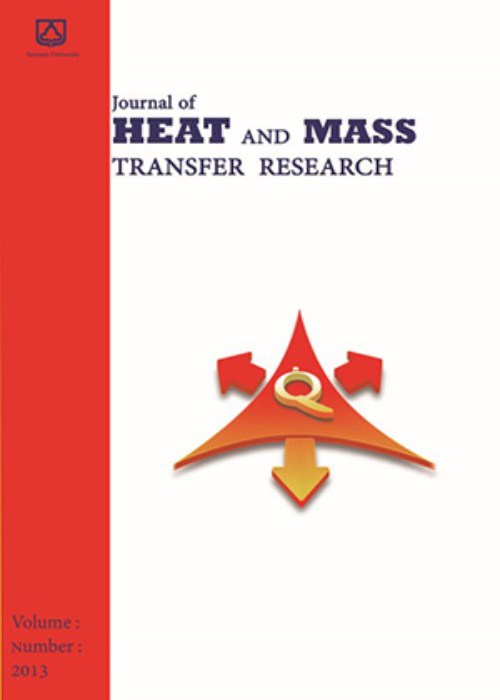Numerical Investigation of the Separation of Microparticles inside the Microchannel Using the Vortices Caused by the ICEK Phenomenon
One field of study in microfluidics is the control, trapping, and separation of microparticles suspended in fluid. In recent years, much research has been started in this field. Some of its applications are related to cell handling, viruses, and bacteria detection, checking and analyzing biological cells and DNA molecules, testing water quality, or checking impurities in water. One of the new methods in this field is using Induced-charge electrokinetic phenomena (ICEK) and dielectrophoresis force. In the Induced-charge electrokinetic phenomena, the property of polarization of a conductive surface located in an electric field causes vortices to be created on the conductive plate in the fluid. This conductive plate is called a floating electrode. In the present study, considering the Induced-charge electrokinetic phenomena, the dielectrophoresis force, and creating an outlet on the roof of the microchannel at the place where two vortices of the ICEK phenomenon meet (secondary outlet), the microparticles inside the fluid are separated in the desired ratio. The separation is such that after the microparticles reach the floating electrode, they are trapped in the ICEK flow vortex and separated through a secondary channel, which is placed crosswise and non-coplanar above the main channel. In the present study, yeast microparticles are suspended in a KCl electrolyte solution and injected into the microchannel by a syringe pump. The arbitrary adjustment of the percentage of conduction and separation of microparticles towards the secondary outlet by adjusting the parameters of the applied voltage and fluid inlet velocity to the microchip is one of the innovations of the present study. In the simulation results, we observed that for input velocities (20-120) (µm)/s, respectively, with applied voltages (150-330) V (to create an electric field in the floating electrode), 100% of the particles can be directed towards the secondary-outlet, and separated. To validate the simulation results, the results obtained from the simulation method of the present study have been compared with the results of previous works.
- حق عضویت دریافتی صرف حمایت از نشریات عضو و نگهداری، تکمیل و توسعه مگیران میشود.
- پرداخت حق اشتراک و دانلود مقالات اجازه بازنشر آن در سایر رسانههای چاپی و دیجیتال را به کاربر نمیدهد.


